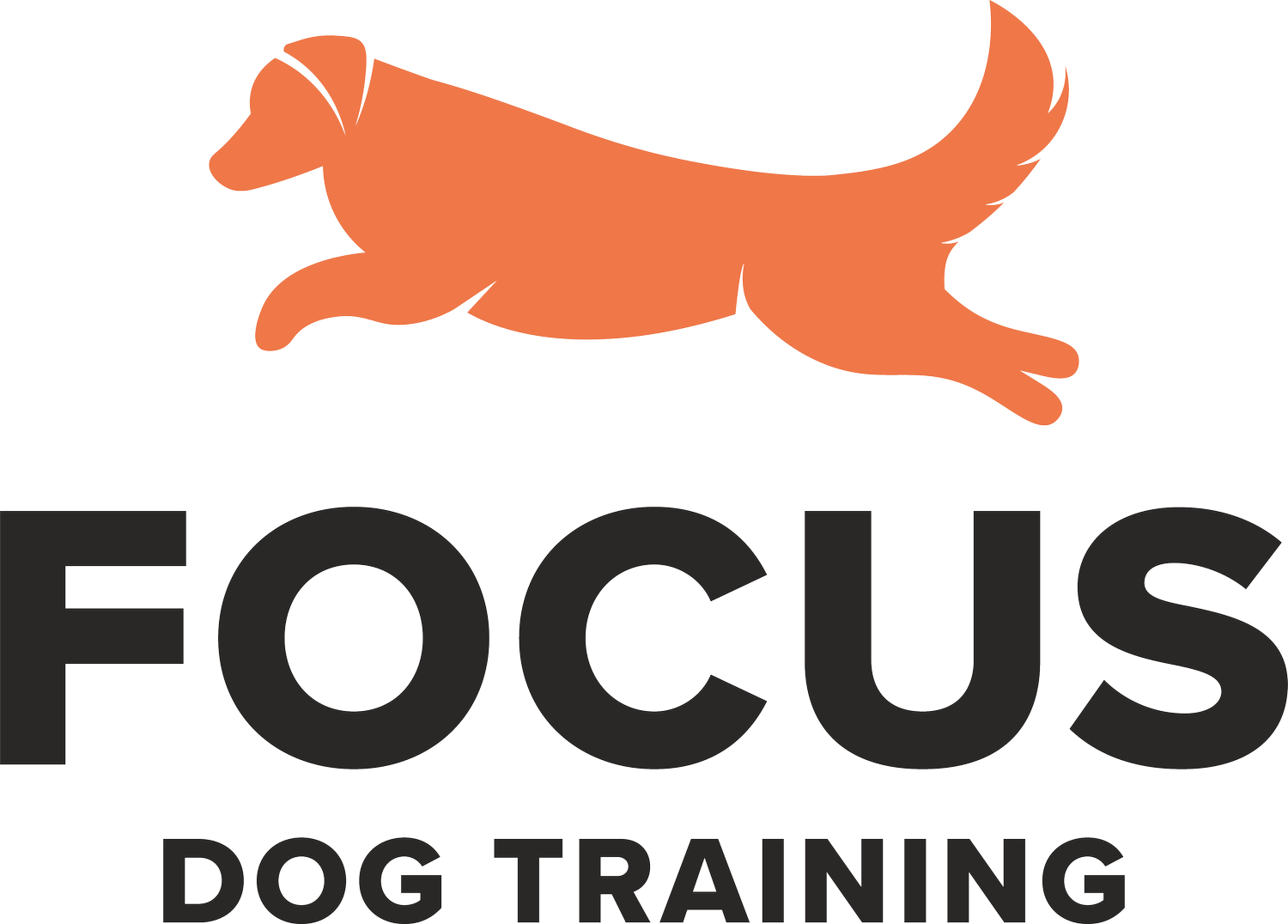Deprivation Breeds Frantic Behaviour
A shorter leash, less off leash time, more crate time, less attention.
These are all ways that we used to train dogs (and you may have had someone recently advise this, as dog training is not a regulated industry).
Let's think about hunger for a moment. If a person is starving, and you put that person right in the middle of a huge buffet, are they going to act like anyone else in the room? How likely are they to make themselves sick, or experience refeeding syndrome?
When we minimize a dog’s ability to get their needs met (physical, mental, emotional or social), we create a state of deprivation. And so when that dog gets to go off leash, or greet people, it is so much harder for them to stay calm and in a thinking and learning state of mind.
We’ve all seen that dog running and running and refusing to come back, completely frantic. It’s no fun for anyone.
Do we sometimes have to take some things away from dogs? Yes! We use a lot of management in modern dog training, and some things are unsafe or unhealthy for dogs to do. But we always, always, always, ensure the dog’s needs are being met in a safe way.
And sometimes the solution is more freedom, not less. A longer leash, more time off leash, more access to foraging for food. Always planned in a safe way, but we can take an approach of metaphorically refeeding the dog, so they aren’t experiencing a feeling of deprivation any longer.
If we take something away, we need to have a good reason to do so and must ensure that all the dog’s needs are still being met.
If you’re unsure if your dog’s physical, emotional, mental and social needs are being met, or if your dog is exhibiting frantic or hyperactive type behaviour, contact us for a consultation!
